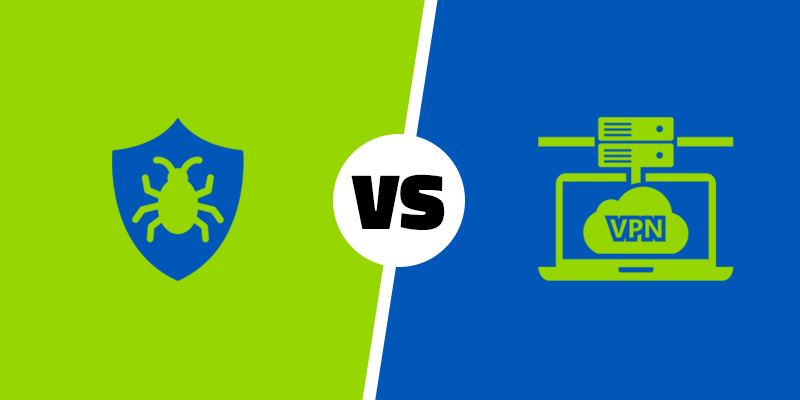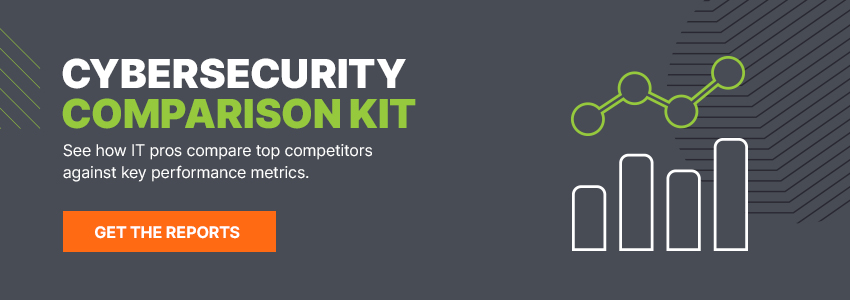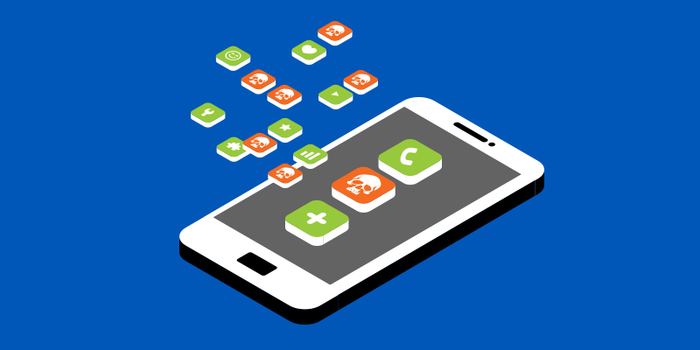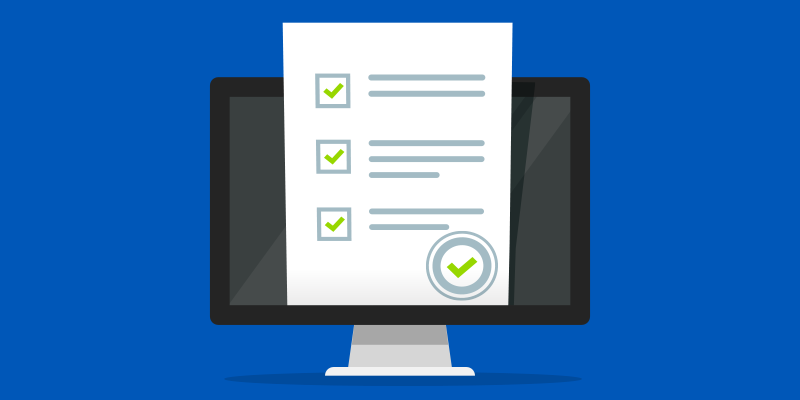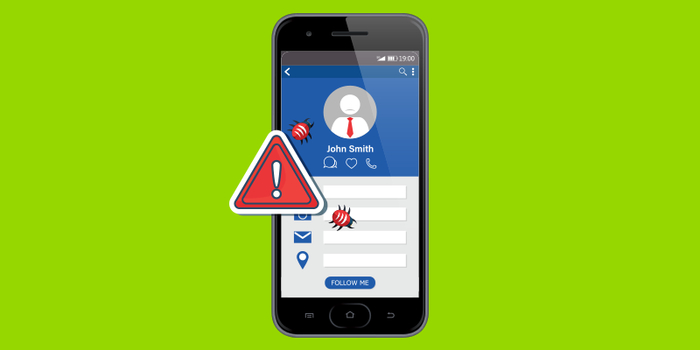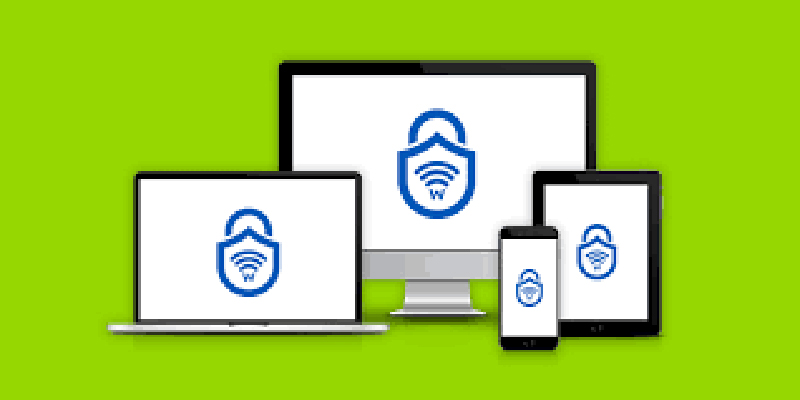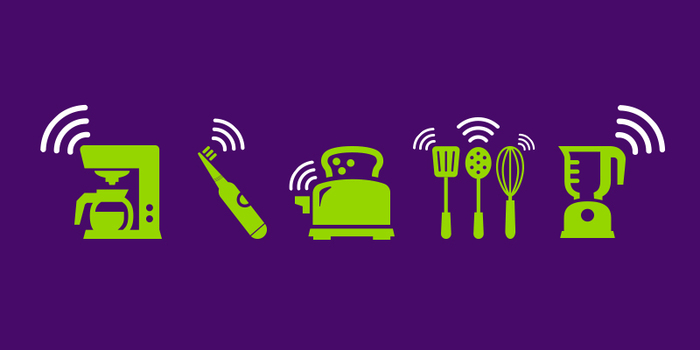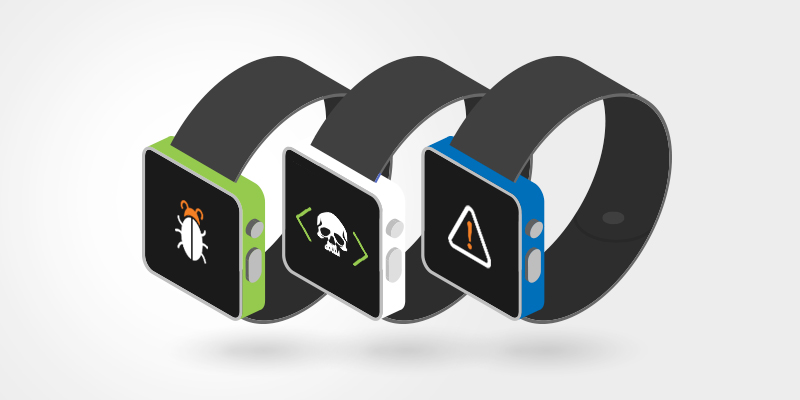Like many Americans, you might think your online habits are safe enough—or, at least, not so risky as to put you in danger for cybercrime. As it happens, most of us in the U.S. are nowhere near as secure as we think we are.
As part of our recent survey to better understand people’s attitudes, perspectives, and behaviors relating to online cyber-safety (or “cyber-hygiene”), we calculated each state’s cyber-hygiene score, which you can think of like a test score on people’s understanding and practice of good online habits. I’ve repaired computers and worked in the cybersecurity business for almost 15 years now, and I was shocked by some of the results.
Cut to the chase: just how bad were the results?
Bad. The average across all 50 states was only 60% (that’s a D in letter grades) on our scale. In fact, only 10% of Americans got a 90% or higher (i.e. an A). The riskiest states—Mississippi, Louisiana, California, Alaska, and Connecticut— combined for an average score of 56%. So what made their scores so low?
- In Mississippi, almost 1 in 4 people don’t use any kind of antivirus and don’t know if they’ve ever been infected by malware.
- Only 44% of Louisiana residents take any precautions before clicking links in emails leaving themselves vulnerable. (This is a great way to get scammed by a phishing email and end up with a nasty infection on your computer.)
- Over 43% of Californians and Alaskans share their passwords with friends or family.
What does people’s perception vs. reality look like?
Americans in every state were overconfident. An astounding 88% feel they take the right steps to protect themselves. But remember, only 10% of people scored an A on our test, and the highest scoring state (New Hampshire) still only got an average of 65% (that’s still only a D).
While the average American has a surface level understanding of common cyber threats, there’s a lot of room for education. Many of those interviewed have heard of malware (79%), phishing (70%), and ransomware (49%), but few could explain them. Defending against the most common online threats in today’s landscape requires a basic understanding of how they work. After all, the more cyber aware you are of an attack such as phishing, the greater chance you have to spot and avoid it.
Along with understanding common cyberattacks, it’s also important to recognize threats to your online privacy. An alarming amount of Americans don’t keep their social media accounts private (64%) and reuse their passwords across multiple accounts (63%).
Given the number of news reports involving major companies getting breached, huge worldwide ransomware attacks, etc., we were pretty surprised by these numbers. As you’re reading these, you might be checking off a mental list of all the things you do and don’t know, the actions you do and don’t take when it comes to cybersecurity. What’s important here is that this report should act as a reminder that understanding what kinds of threats are out there will help you take the proper precautions. And, following a few simple steps can make a huge difference in your online safety.
How about some good news?
There is good news. There are some who scored a 90% or above on our test. We call them Cyber-Hygiene Superstars, because they not only take all the basic steps to protect themselves and their data online, but they go above and beyond. Cyber-Hygiene Superstars are evenly spread across the entirety of the U.S., and they help demonstrate to the rest of us that it’s easy to raise our own cyber-hygiene scores.
Some of the standout behavior of superstars included regularly backing up their data in multiple ways, always using antivirus, and using a VPN when connecting to public WiFi hotspots.
Superstars can also explain common attacks and are less likely to fall victim of phishing attacks and identity theft. They frequently monitor their bank and credit card statements and regularly check their credit scores.
What can you do to improve your cyber-hygiene score?
All in all, it’d be pretty easy for the average American to take their score from a D to at least a B, if not higher. You won’t have to do anything drastic. But just making a few small tweaks to your regular online behavior could work wonders to keep you and your family safe from cybercrime.
- Use
antivirus/antimalware software.
There are a lot of free solutions out there. While you typically get what you pay for in terms of internet security, even a free solution is better than no protection at all. - Keep all
your software and your operating system up to date.
This one’s super easy. Most applications and operating systems will tell you when they need an update. All you have to do is click OK instead of delaying the update to a later date. - Don’t
share or reuse passwords, and make sure to use strong ones.
You might think password sharing is no big deal, especially when it comes to streaming or gaming sites, but the more you share, the more likely it is that your passwords could end up being misused. And if the password to just one of your accounts is compromised, then any of your other accounts that use that password could also become compromised. If you’re concerned about having to create and remember a lot of unique passwords, use a secure password manager. - Lock down
your social media profiles.
Making your posts and personal details public and searchable means scammers can find your details and increase their chances of successfully stealing your identity or tricking you into handing over money or sensitive personal information. - If you
connect to public WiFi, use a VPN.
Antivirus software protects the device, but a VPN protects your actual connection to the internet, so what you do and information you send online stays private. - Back up your data.
Cloud storage is a great solution. But it’s a good idea to do a regular physical backup to an external drive, too, particularly for important files like tax documents. - Don’t
enable macros in Microsoft® Office documents.
If you’re ever trying to open a document and it tells you to enable macros, don’t do it. This is a common tactic for infections. - Use
caution when opening email attachments.
Only open attachments from people you know and trust, and, even then, be extra careful. If you’re really not sure, call the person and confirm that they really sent the file.
Want to see where your state ranks? See the full list or read more about our study and findings here.
Test your knowledge and see where the Webroot Community stacks up against the rest of America: Join our daily contest for a chance to win prizes! Contest ends at 4:00pm MT on May 21, 2019.
Methodology
Webroot partnered with Wakefield Research to survey 10,000 Americans, ages 18 and up, with 200 interviews in each of the 50 states. This survey was conducted between February 11 and February 25, 2019, using an email invitation and an online survey instrument. The margin of error is +/- 0.98 percentage points for the total audience of this study and +/- 6.9 percentage points for each state at the 95% confidence level.







